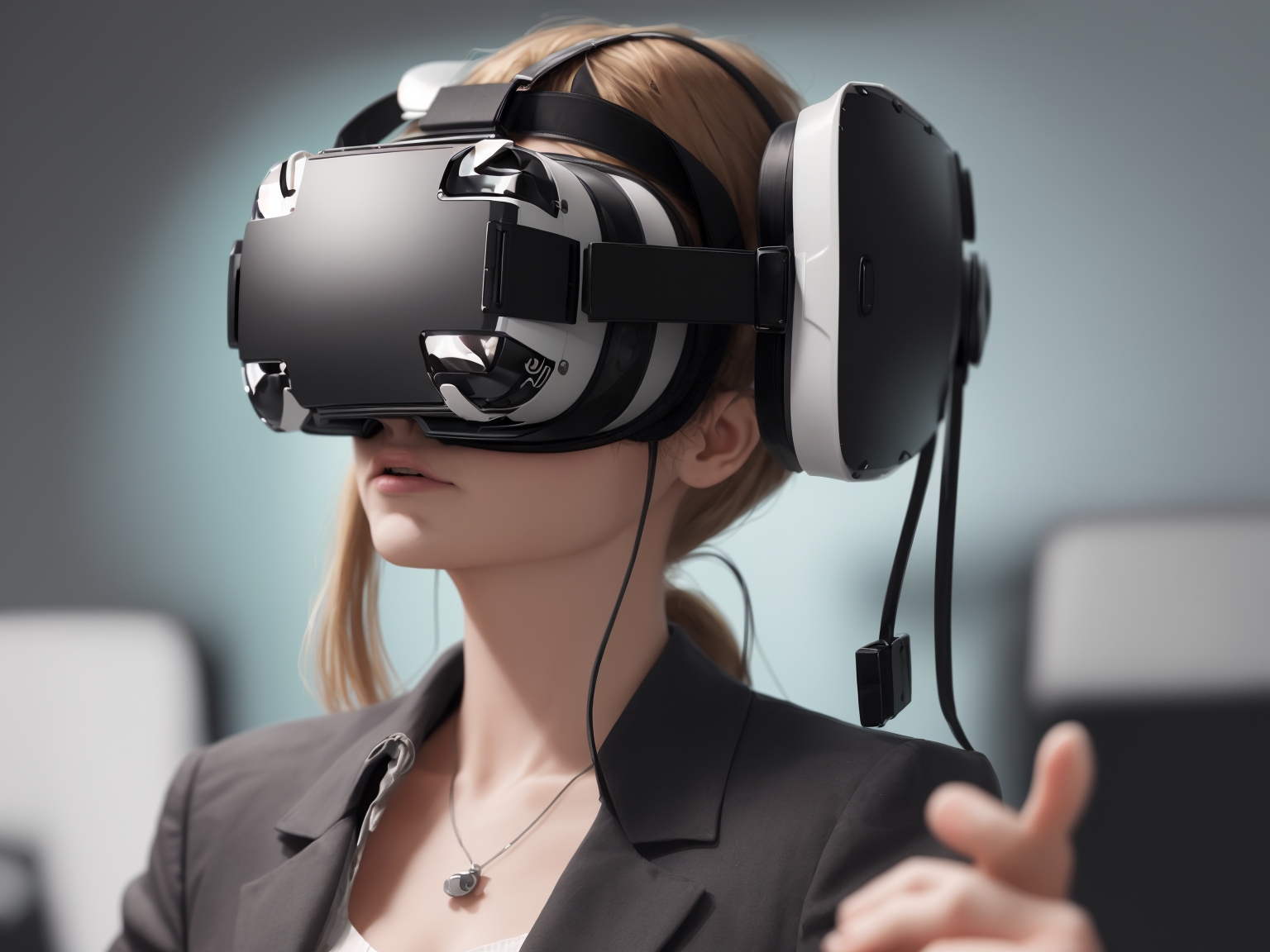Title: **Mastering Virtual Reality Marketing Strategies: A Comprehensive Guide**
**Introduction**
Welcome to the future of marketing! In this blog post, we’ll delve into the exciting realm of virtual reality (VR) marketing strategies. As technology advances, so does the potential for businesses to engage with their audience in unprecedented ways. So, let’s embark on this journey and discover how VR can revolutionize your marketing efforts!
**Understanding Virtual Reality Marketing**
– **What is Virtual Reality (VR)?**
VR is a simulation of an interactive, three-dimensional environment. Users wear specialized headsets that immerse them in a digital world, allowing for experiences beyond the confines of reality.
– **Why VR in Marketing?**
VR offers an immersive, engaging experience, making it an ideal tool for businesses to showcase their products and services. It allows customers to interact with a brand in ways never before possible, fostering a deeper connection and enhancing the overall customer experience.
**Exploring VR Marketing Strategies**
– **Immersive Product Demonstrations**
Showcasing your product in a VR environment provides potential customers an opportunity to interact with it intuitively, enabling them to truly understand its features and benefits.
– **Virtual Tours**
Offer virtual tours of stores, locations, or even entire cities to give customers a taste of what you have to offer before they set foot in your establishment. This can be particularly useful for real estate businesses or travel agencies.
– **VR Events and Experiences**
Hosting VR events or experiences allows users to attend concerts, fashion shows, or conferences from the comfort of their own homes, breaking geographical barriers and opening up a global audience.
**Tips for Implementing VR in Your Marketing Strategy**
– **Know Your Audience**
Tailor your VR marketing efforts to suit the preferences and needs of your target demographic. This will ensure maximum engagement and return on investment (ROI).
– **Stay Updated**
VR technology is constantly evolving, so it’s essential to keep abreast of new developments in the field. This will allow you to leverage the latest tools and techniques to create truly innovative marketing campaigns.
– **Measure Success**
Implement Key Performance Indicators (KPIs) to track the success of your VR marketing efforts. These metrics can help you identify areas for improvement, optimize future campaigns, and demonstrate the value of VR in your marketing strategy to stakeholders.
**FAQs**
**1. Is VR only useful for large corporations with big budgets?**
Not at all! VR technology is becoming more accessible and affordable, making it an option for businesses of all sizes.
**2. Can I use VR for local marketing efforts?**
Absolutely! Offering virtual tours of your store or location can be particularly effective in drawing local customers.
**3. How do I create a VR experience for my business?**
There are numerous VR development platforms available, such as Unity and A-Frame, which make it easier than ever to create immersive experiences for your audience.
**Conclusion**
Virtual reality marketing represents a new frontier in the world of digital marketing. By embracing this innovative technology, businesses can create captivating and engaging experiences that foster deeper connections with their customers and set themselves apart from the competition. The future is here – are you ready to join the VR revolution?

Leave a Reply